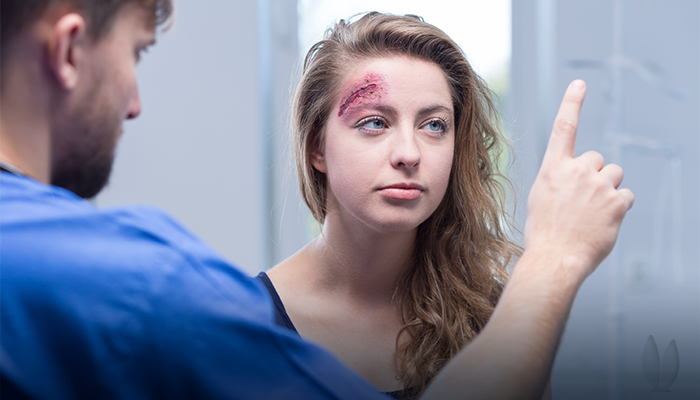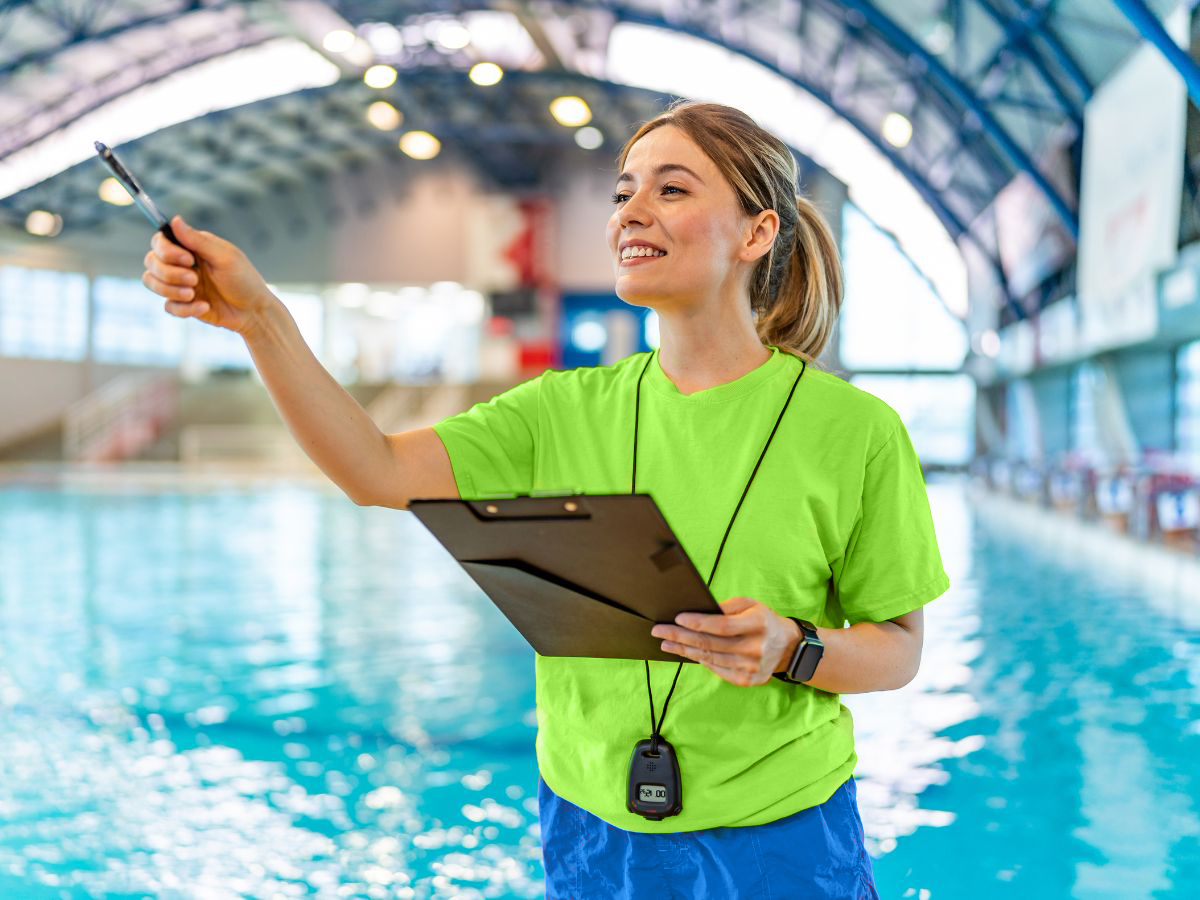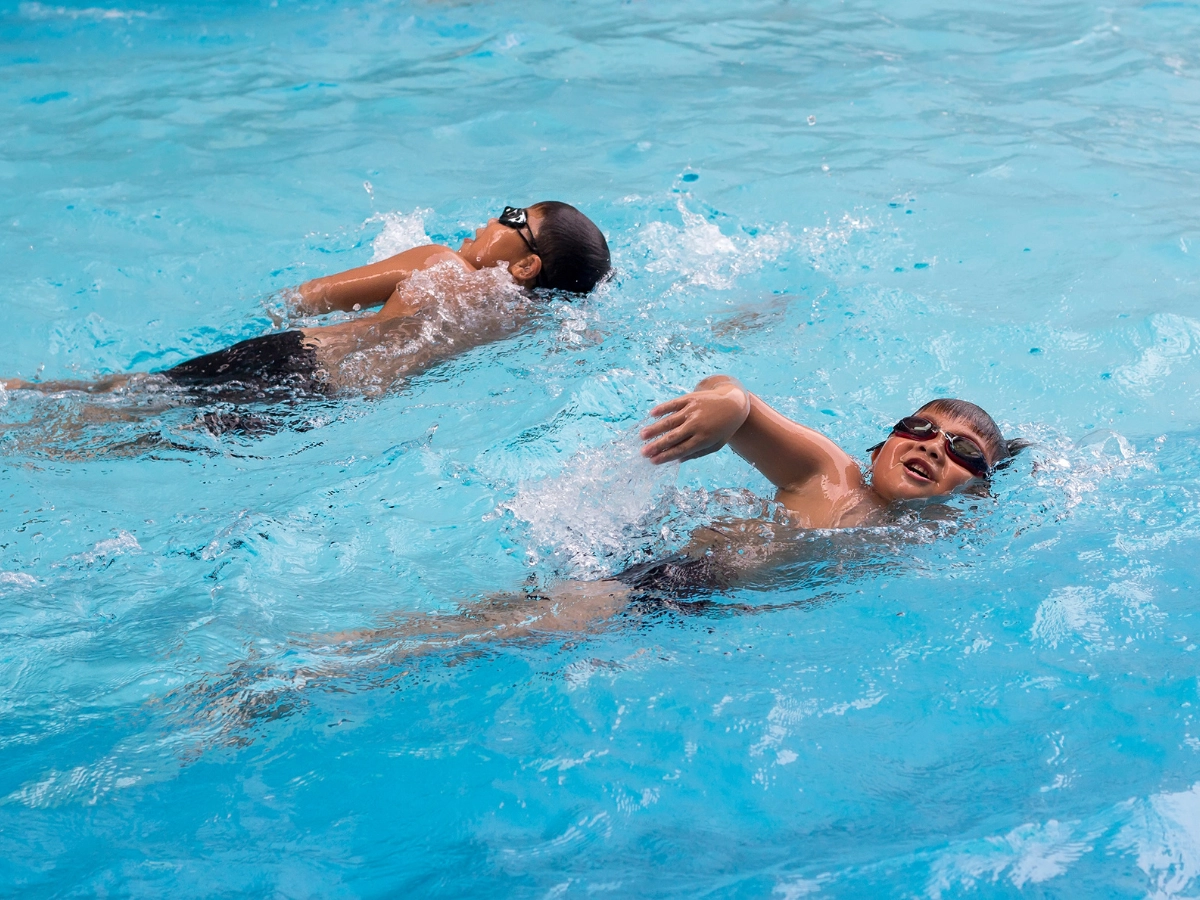Five to 10 percent of athletes will suffer from a concussion during any giving sporting season. Concussions can occur in all sports. The risk is just lower in some than in others. Research from the Southwest Athletic Trainers Association reveals that the most instances of concussion happen in athletes between the ages of 15 and 17.
Approximately 2 million high school athletes suffer from concussions per year. Of those injured, 500,000 result in doctor’s visits and 300,000 land athletes in the hospital. The biggest concerns with concussions are repeated blows and long-term injuries. The research noted about also indicates that 96 percent of Americans feel that it is important for youth athletes to be seen by a healthcare professional before returning back to the game when concussion seems possible or symptoms of concussion are evident. How much do you know about concussions? Take a five-question quiz.
Before we get into more detail, there is one question that should be answered:
What is a concussion?
According to the CDC, a concussion is a type of traumatic brain injury. Concussions are usually caused by an impact or blow that thrusts the brain back and forth inside the skull. The impact can happen to the head, or it can be the result of a blow to the body. When the brain shifts inside the skull, it can twist, stretch and impair healthy brain cells.
So how is it that swimmers get concussions? It is exactly a high contact sport. Swimming is one of the most popular sports because it is generally safer than most contact sports. Yet concussions do happen in the pool.
Well, first of all, swimmers can get concussions in or out of the pool. The most common ways are:
- Hitting the head when diving
- Running into wall during backstroke
- Running into another swimmer
- Slipping on the deck
- Doing dryland training
Obviously, being careful is the first order of business in reducing the risk of injuries that can cause concussions, but often – as with any “accident” – these events and concussions happen despite rules, policies and heightened awareness.
Because we can’t simply prevent all accidents from happening, knowing the symptoms of concussion and knowing how to respond are critical to reducing the effects of injuries to swimmers.
Commonly Recognized Symptoms
It is critical that parents and the coaching staff look for the symptoms of a concussion because about 47 percent of athletes don’t report any symptoms after experiencing blows or injuries to the body or head.
When reported, the most common symptoms are:
- Nausea
- Headache and dizziness
- Throbbing
- Memory trouble
- Tiredness or sluggishness
- Light sensitivity
- Pressure in the head
- Trouble falling asleep or excessive sleeping
- Difficulty concentrating
Seeking medical treatment immediately is important if swimmers experience any of the above symptoms or if the parents or coaching staff notice any changes in the swimmers’ behavior. Even if the swimmer isn’t showing symptoms, seek medical help because only a healthcare professional can clear the swimmer. Coaches and parents do not have the training and expertise to diagnose the severity of a concussion.
Each swimmer’s health should be the main concern. Steps taken after the swimmer receives a concussive blow can have a significant impact during recovery and on the long-term health of the swimmer.
When dealing with a head injury, remember:
- To provide swimmers with the safe space to express concerns, pain, and symptoms.
- A swimmer must NOT return to the water the day he/she receives a concussive blow.
- Coaches and parents must not encourage a swimmer to push through the pain, and they must never dismiss the pain the swimmer experiences.
- Be vigilant when dealing with an injured athlete. The swimmer must not return to the water if symptoms remain or before being cleared by a medical professional.
- Play an active role in recovery and support the swimmer in doing the same.
- Concussions are a serious concern for athletes of all ages, and effects of the injury can last for years.
Sometimes Unnoticed Symptoms
The Concussion Program at the University of Pittsburgh Medical Center (Rethink Concussions), one of the cutting edge research and treatment facilities in the country, reports that most people know the “big” symptoms of a concussion: headache, loss of consciousness, and disorientation/confusion. But, there are also fairly common symptoms of concussion (that often go unnoticed) that fall under four main categories:
- Migraine (headache, visual problems, light/noise sensitivity, nausea, dizziness)
- Cognitive (attention problems, memory dysfunction, fogginess, fatigue, cognitive slowing)
- Sleep Disturbances (trouble falling or staying asleep, vivid dreams, sleeping much more or much less than normal)
- Neuropsychiatric (increased emotionality, sadness, irritability, nervousness
Factors That Signal Risks
There are also some factors that place certain individuals at higher risk of not only suffering concussions but also of experiencing longer-than-normal recovery times.
Those who:
- Have a history of migraines (individual or familial)
- Have a history of learning disability
- Have multiple TBI (Traumatic Brain Injuries)
- Are female
If these factors exist, recovery times for concussion could be extended:
- Immediate dizziness post-impact
- Fogginess and migraine-related symptoms occurring three or more days after impact
USA Swimming has concussion protocol guidelines and insists that coaches, parents and athletes all observe the symptoms of and care for concussions.
Pioneering a New Approach
Research is showing more individualization in concussions which helps those treating patients with concussions understand the importance of customizing treatments to each case. (The University of Pittsburgh Medical Center is pioneering this approach.)
Be Knowledgeable | Be on the Alert
Probably the most important thing that swim facility owners can do is to be in the know. Learn about concussions: symptoms, protocols, risk factors and required actions. Share that information with everyone in your facility. And always have your eyes open for incidents that could cause concussions and the symptoms that alert to their existence in your swimmers.
There is an awesome organization focused on preventing and treating injuries to kids (Save Injured Kids). One of their main concerns is concussion. They share a flyer on their website that may help to remind those in your facility of what they should stay alert to.
If you’re so led, you can also donate to the organization’s Concussion Care Fund.
 hbspt.cta.load(3803665, ‘9aa4eb1b-8bcc-42dd-8bf0-f4a580b243da’, {});
hbspt.cta.load(3803665, ‘9aa4eb1b-8bcc-42dd-8bf0-f4a580b243da’, {});
Sources: Swimming World Magazine, Saved Injured Kids, USA Swimming, University of Pittsburgh Rethink Concussion Program
Other Links of Interest:
http://www.nytimes.com/2016/07/19/sports/synchronized-swimming-concussions.html?_r=0
http://www.pacswim.org/programs/swimming-safety/concussions
http://www.nationwidechildrens.org/concussions-in-sports














